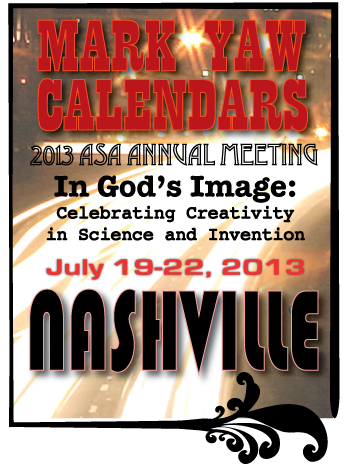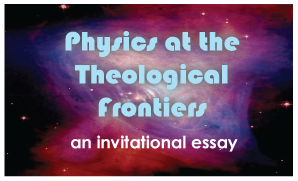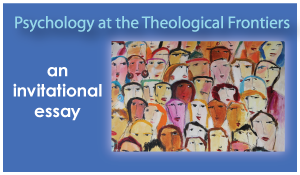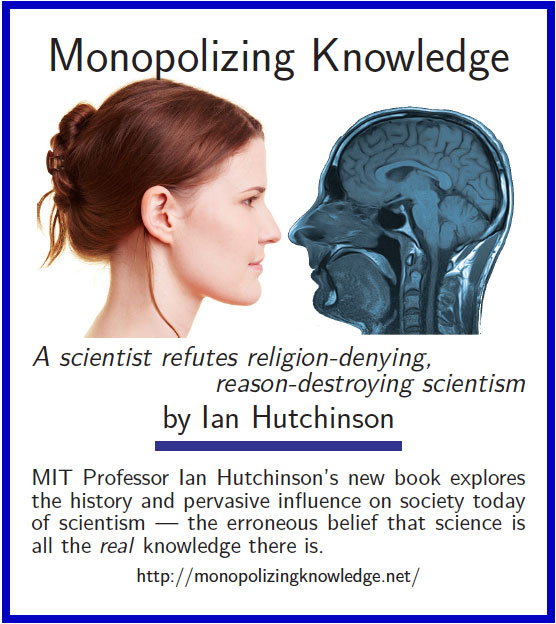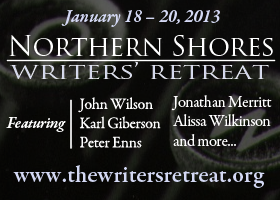The Birth of Paleontology
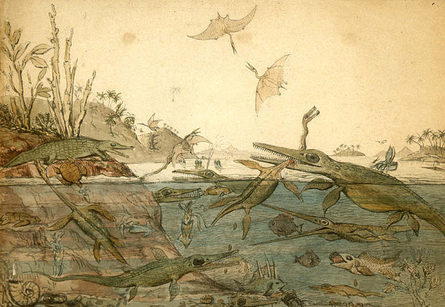 1830 watercolor depicting life in ancient Dorset, based on fossils found there
By Thomas Burnett
When we hear the word paleontology, one idea usually springs to mind: dinosaurs. Dinosaurs figure prominently in natural history museums, and they fascinate children of every generation. They may look like monsters of fairytales and dreams, but scientists discovered that they actually walked the earth a long, long time ago. Here at the intersection of myth and reality, human curiosity awakens. Paleontology, the study of ancient life, is a fascinating subject. But it also requires painstaking work and vast scientific knowledge. To be effective in this field, you need expertise in geology to identify promising sites for fossils. To interpret your findings, you need a deep understanding of anatomy, which can be acquired through medical, zoological, and botanical studies. Additionally, paleontologists need access to a wide variety of specimens as a basis of comparison. Since local regions represent only a tiny fraction of life’s diversity, scientists must engage in international expeditions. Given the interdisciplinary and global nature of paleontology, it was not until the nineteenth century that this discipline began to blossom. Conducting systematic research in paleontology requires two basic skills: knowing where to look, and how to interpret what you find. Establishing the location of various fossils requires a keen understanding of rock formations and successive rock layers. This knowledge originally developed through activities such as mining, particularly in Germany, where the presence of precious metals provided economic incentive to burrow into the earth. Another way naturalists came in contact with fossils was through the development of transportation infrastructure—first in the building of canals, then railways. In Britain, which industrialized earliest, this work proved fruitful for fossil hunters. In the United States, you can discover fossils on the sides of highways and uncover sea creatures hundreds of miles inland. Once you stumble upon some fossils, the next step is to determine what they are. Without well-developed comparative anatomy techniques, previous generations mistook mastodon femurs for the legs of giants, and an ancient salamander specimen for a human skeleton. The earliest anatomists got their training in medical schools, and with the rise of natural history in the eighteenth century, many types of animals came under investigation. By the time of Johann Friedrich Blumenbach (1752-1840) and Georges Cuvier (1769-1832), naturalists had developed the skills to differentiate very similar species. Cuvier, in one of his earliest publications, demonstrated the subtle differences between living and fossil elephant jaws. Once naturalists could understand specimens at this level of detail, fossils were transformed from idle curiosities to objects of intense scientific inquiry. Not just dinosaurs Though dinosaurs are very exciting, there is much more to paleontology than these impressive creatures. The study of dinosaurs falls into the category of vertebrate paleontology (species with backbones), which includes mammals, reptiles, amphibians, and birds. Far more prominent, however, are the invertebrates (species without backbones), which constitute 95% of all animals. They include species like insects, worms, mollusks, jellyfish, and starfish. Since so many of these creatures live in the sea, we may not recognize many of them, but they are highly represented in the fossil record. But even more common than vertebrate and invertebrate animals are fossilized plants, the subject of paleobotany. Fossilization is actually a rare phenomenon. Most organisms simply decay after death, leaving no trace. But over the long course of time (the earliest known fossils are nearly 3 billion years old)there’s been ample opportunity for fossils to accumulate. Paleontologists have identified thousands of extinct organisms, which help them to reconstruct the ancient past. New discoveries continue to reshape our narrative of life on earth before human observers arrived. Cuvier’s fossil specimens were usually fragmentary and incomplete. Bones from a variety of creatures would be all mixed together in rock formations. In these cases, reconstructing ancient animals was much harder than simply putting together pieces of a puzzle. It is more like mixing a bunch of different puzzles into one box, then throwing away half of the pieces before starting to rebuild them.
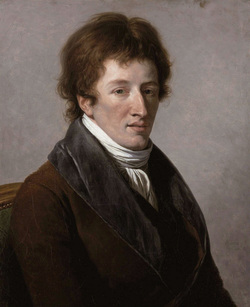 Painting of Georges Cuvier
Georges Cuvier, the first vertebrate paleontologist
Humans are a curious species—we long to know where we came from and where we are going. All societies have narratives that describe ancient epochs before any human existed. While most of these narratives were passed down through oral tradition and subsequently lost; some were written down and transmitted throughout the world. A few hundred years ago, some European naturalists began telling a new kind of history. One of the trailblazers was Georges Cuvier (1769-1832), a French comparative anatomist who directed the Museum of Natural History in Paris. The basis of his historical narrative came not from the pages of scripture or the teachings of an elder, but from fossil bones. Cuvier was aware that using this new form of evidence would lead to striking new conclusions. In 1812, he announced his bold new endeavor: I shall try to travel a road on which only a few steps have so far been ventured, although it is indispensable for the history of the globe. I have had to learn to decipher and restore scattered and mutilated fragments to their original order; to reconstruct the ancient beings to which these fragments belonged; to reproduce them in their proportions and characters; and finally to compare them to those that live today at the earth’s surface. Unlike most written documents, in which one can study entire texts, Cuvier’s fossil specimens were usually fragmentary and incomplete. Bones from a variety of creatures would be all mixed together in rock formations. In these cases, reconstructing ancient animals was much harder than simply putting together pieces of a puzzle. It is more like mixing a bunch of different puzzles into one box, then throwing away half of the pieces before starting to rebuild them. By working in the Museum of Natural History in Paris, Cuvier had access to a tremendous variety of specimens. After developing a comprehensive knowledge of comparative anatomy, Cuvier learned to reconstruct ancient animals from very sparse fossil evidence. For example, from the discovery of a claw or tooth, he could infer whether a specimen was a herbivore or a carnivore, and speculate how its digestive tract may have worked. By looking at a leg or arm bone, he would infer the form of the animal’s movements, its size, and its weight. Ultimately, Cuvier’s new methodology established the field of vertebrate paleontology, a discipline that continues to thrive today, two hundred years later. A new cultural story In addition to founding a new academic discipline, Cuvier’s research developed a new story within our culture. His research did not explain the origin of the planet, a topic that consumed many of his predecessors, nor did he explain the origin of species, as the next generation of naturalists would do. Instead, the epic narrative that Cuvier told was a history of extinction. Through careful comparison of fossil bones with those of living specimens, Cuvier demonstrated that certain ancient creatures had no living counterparts. Though the concept of extinction is familiar to us now, some of Cuvier’s contemporaries were skeptical. As late as the 1790’s, distinguished intellectuals such as Thomas Jefferson denied the possibility of extinction: The animal species which has once been put into a train of motion is probably still moving in that train. For if one link in nature’s chain might be lost, another and another might be lost, till this whole system of things should vanish by piece-meal... If this animal has once existed, it is probable on this view of the movements of nature that he still exists. Enlightenment thinkers like Jefferson rejected the idea that Nature would permit the wholesale destruction of species, a process that seemed wasteful and flawed. Besides, if the ultimate fate of species was extinction, what would become of life on our planet? What would become of us? Children grow up with a fascination and fear of monsters, and although adults assure them that they don’t exist, paleontologists have unearthed creatures as shocking as anything we’ve ever imagined.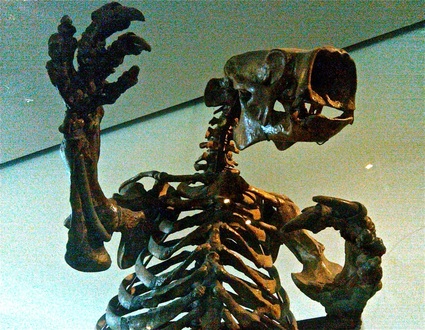 A fossilized Giant Ground Sloth, an ancient animal first identified by Cuvier
From natural history to a history of nature
Since the time of Aristotle, the study of life was known as “natural history.” Its primary purpose was to collect and classify organisms. Though this activity still exists today (taxonomy), natural history was transformed into a “history of nature” during the 19th century. By assembling fossil remains into their original forms, Cuvier literally reconstructed the past. Scientists learned that our universe was not static, but dynamic, and that life on Earth had a surprising history. As more and more fossilized specimens were uncovered, naturalists found that current animals were only fossilized in recent, superficial deposits. The older rock layers revealed radically different life forms, such as giant reptiles, resembling monsters of children’s stories. Since there was no trace of these creatures in contemporary times, many people concluded that they had been wiped out by the great flood recorded in the Bible. But further discoveries showed that there was not just one, but many floods and catastrophes, with each distinctive group of organisms being replaced by another, different from their predecessors—right up until present-day time. Conclusion The meticulous work of Georges Cuvier and other naturalists made it clear that our planet and the creatures that lived on it were profoundly different from what we experience now. Life has a long history, and it’s really weird! Children grow up with a fascination and fear of monsters, and although adults assure them that they don’t exist, paleontologists have unearthed creatures as shocking as anything we’ve ever imagined. Trained as a historian of science, I think that one thing that people often overlook is that the discovery of life’s immense and unexpected history took place long before there was any viable theory of evolution in place. Naturalists established an immense record of death and extinction before there was any known mechanism to replace them. Some people of faith are uncomfortable with the idea that death has been so prominent in the historical record, but as a Christian, I actually see strong parallels in scripture—God does not avoid or sidestep death, but instead takes it on willingly so that others may have life in abundance. In the gospel accounts, as well as in the investigations of our fascinating planet, we encounter a paradox—death makes new life possible. References: Buffetaut, Eric. A short history of vertebrate paleontology. London: Croom Helm, 1987. Rudwick, Martin. The meaning of fossils: Episodes in the history of paleontology. Chicago, University of Chicago Press, 1985. Sollereder, Bethany. “How Could God Create Through Evolution? A Look at Theodicy” (3-part series) The BioLogos Forum, published 7/22/2010. |



